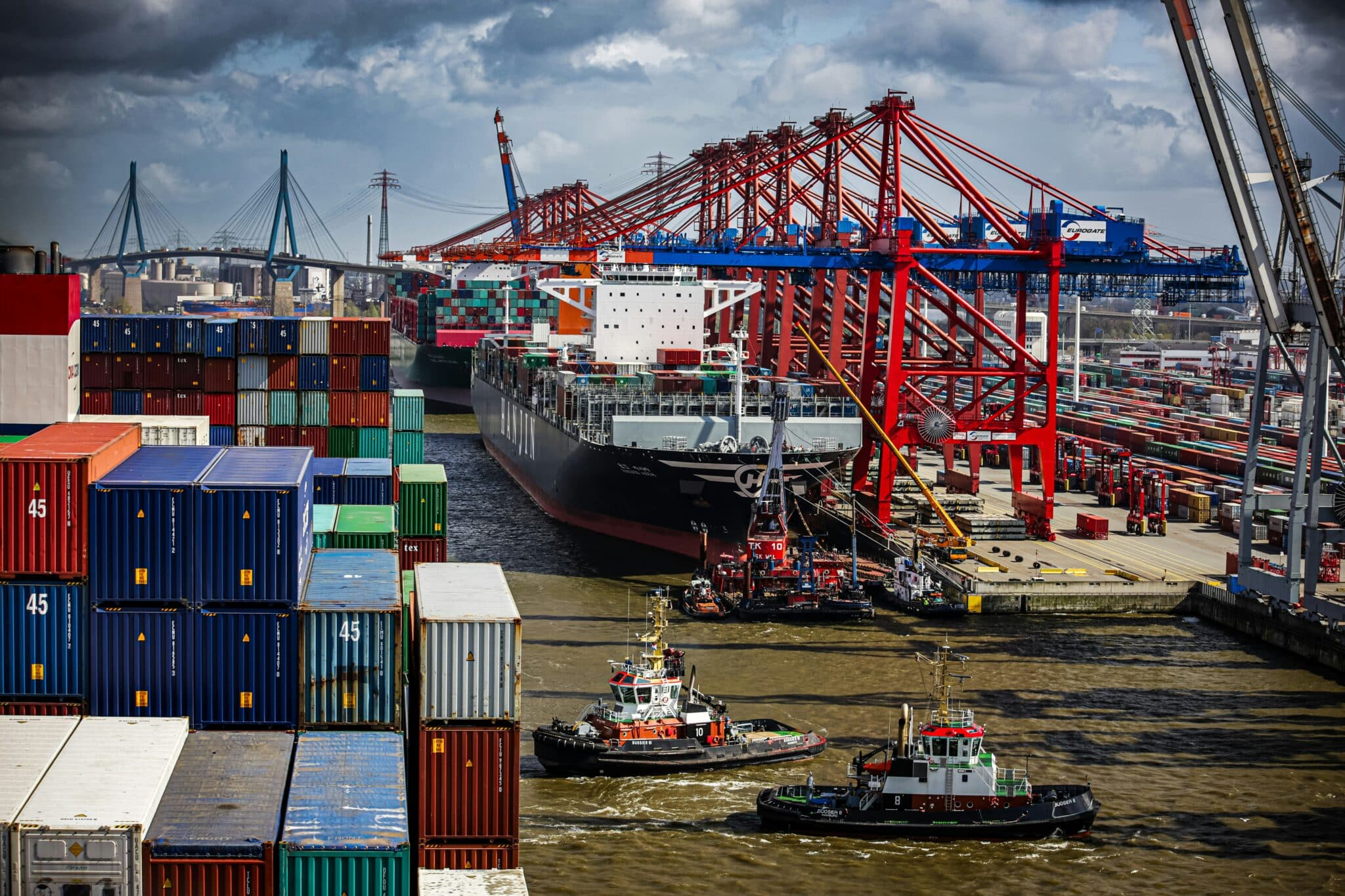Strong inventory management was a key element in our focus on recovery and resilience. We’re going to take some time to consider this in more detail as inventory health is one of the most important aspects of supply chain management. With valuable resources tied up in inventory stock, knowing exactly what you have and where it’s located is crucial to avoiding accruing high carrying costs, and to shipping orders to customers efficiently and on time.
Effective and accurate inventory control is fundamental to maintaining the right balance between customer satisfaction and company revenues, the two largest competing factors for any wholesale or retail business model.
The importance of relationships
At every stage of the supply chain, developing positive relationships is crucial – understanding what the client needs, ensuring your needs are being met by your suppliers and balancing up those different drivers.
If your team are too busy extracting data and trying to get a handle on their inventory management, they won’t have time to focus on cultivating and maintaining the relationships that really matter.
When processes are all being run manually, everything tends to happen at the last minute and this leads to short notice demands and frustration among all parties. With more time to focus on forging strong connections along the supply chain, any issues which do arise can be resolved far more easily. There are also benefits to be gained around procurement (favourable terms and timings) and innovative collaboration opportunities, working together to introduce new product lines in the best ways.
The hidden cost of spreadsheets
Inventory health is underpinned by visibility – having access to a real-time, accurate overview of what is happening across all SKUs. But being able to identify and address seasonal fluctuations, uncertain supplier lead-times and changes to order volumes – all at an individual product level – is data intensive.
The use of spreadsheets for vital business processes is typically a sign that the main software tools – like your ERP system – don’t have the functionality your team needs. On the face of it, Excel is ideal: flexible, customisable and part of the standard desktop suite of products in most organisations. Because it’s a free tool that never reaches your balance sheet, the hidden cost of using spreadsheets is frequently overlooked.
Operating in Excel means you pay the price in both time and resources – important commodities for any company. Your team is kept away from more valuable activities by time consuming tasks they could be avoiding, such as:
- The manual work involved in maintaining spreadsheets
- Interpreting the output from spreadsheets and converting that data into insight
- Updating spreadsheets with new entries when inventory changes. Each additional product line requires updates to incorporate them into the model and every change can lead to errors which have a knock-on impact throughout the system.
Spreadsheets have their uses when handling a single dimension but once the model becomes multidimensional, they just can’t cope. The lack of automation capability compounds this problem – each manual update invites the possibility of errors creeping in.
Automate where possible
A large proportion of the manual work involved in a spreadsheet-based system can be automated with supply chain planning software like AGR, including:
- The process of feeding in data and extracting useful information
- The choice of appropriate inventory forecasting methodology according to demand patterns
- Automated replenishment rules applied at item level.
With replenishment rules, this is an instance of taking a process and automating the areas that don’t require human intervention. If stock levels or orders fall outside of certain tolerances, that is the point at which decisions and conversations based on human insight are required. Until that stage, the system can take care of the process. The time this puts back into the hands of your team can then be used to solidify the relationships they’re building with clients and suppliers which will come into play when more complex replenishment decisions are required.
Planning needs people plus information
Proactive planning requires people augmented by quality information. Being able to move beyond a reactive stance and focus on ‘what if?’ analysis to select the right strategies for supply chain optimization relies on the right information being communicated.
Consider the reopening of stores after lockdown this year. What guidelines are in place? How is that going to impact on your order fulfilment and product demands? Having strong relationships throughout the supply chain means you can get the relevant information from your clients, apply it to your existing data and work through the various scenarios with your suppliers to be able to determine the impact on shipping costs and the price you need to be buying and selling stock at.
The right people in the right places, doing the right things at the right times, are essential for inventory health. AGR software frees your team from gathering, analysing and interpreting the data and serves them with the information and time they need to manage their relationships with suppliers and clients. Bringing all of the elements of the supply chain together in this way results in a more cohesive, efficient process for everyone.
Let us show you the impact that the AGR software can have on the smooth running of your supply chain optimization – get in touch today to see just how much of a difference it could be making to your inventory health.




